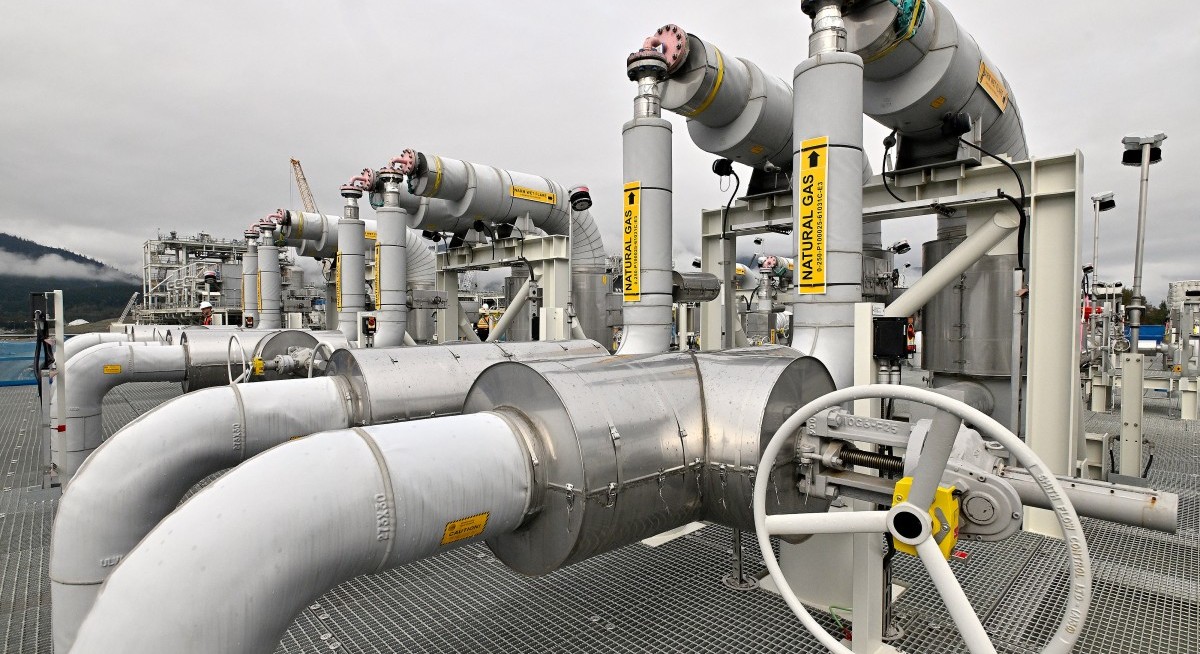LNG Canada is ramping up at a time when demand for gas is on the rise and buyers are focused on trading routes that avoid geopolitical flashpoints — particularly around the Persian Gulf.
The plant at Kitimat on Canada’s west coast is relatively close to customers in East Asia and comes on stream ahead of new export plants in the US and Qatar, which won’t add substantial supplies to the market until next year at the earliest.
“We very much see it as a very strategic location on the Pacific coast,” Cederic Cremers, Shell’s president of integrated gas, said in an interview. It “connects very cost-competitive upstream gas from British Columbia to growing Asian demand,” he said.
A second production unit, known as a train, will start up later this year, and the 14 million-tonne-a-year facility will reach full capacity in 2026, Cremers said.
See also: Petrobras trims five-year plan to US$109 bil on low prices
Once both trains are online, Canada would rank eighth in global LNG exports, behind Nigeria, data compiled by Bloomberg show.
A further expansion is under discussion between Shell and its partners — Petroliam Nasional, PetroChina, Mitsubishi and Korea Gas — with a final investment decision likely next year, Cremers said.
Shell expects global LNG demand to grow 60% by 2040, led by Asia. The company is a shareholder in plants around the world, including in Qatar and Australia, has a massive trading operation and operates a shipping network that manages about 10% of the global LNG fleet.
The firm’s LNG sales reached 66 million tonnes last year and are set to rise 4% to 5% annually until the end of the decade, Cremers said. Between now and then, Shell expects to add 12 million tons a year of LNG capacity.




